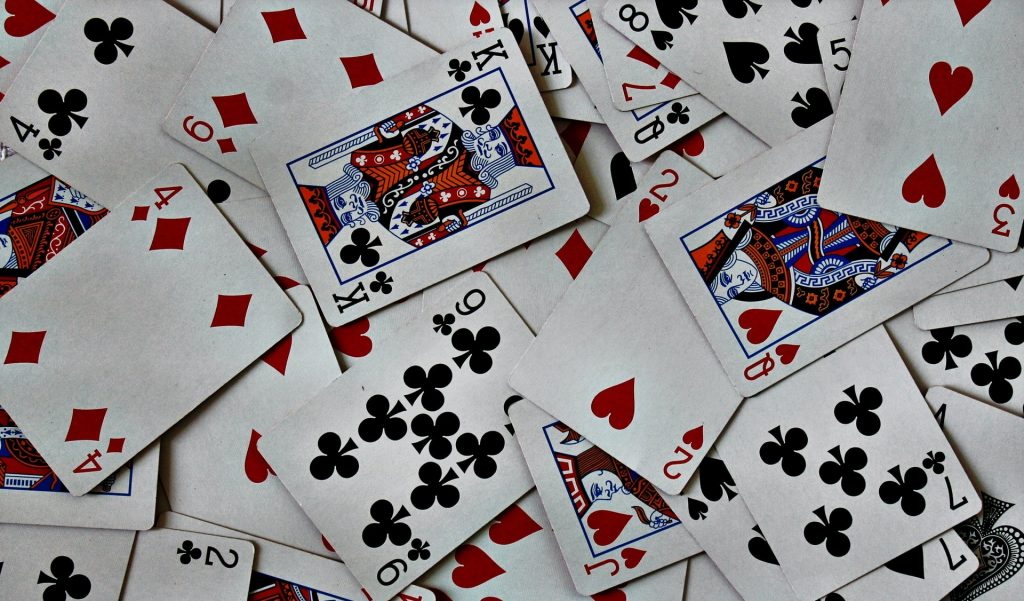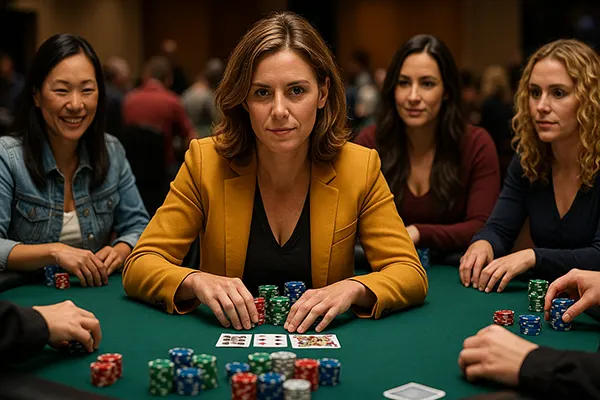
How to play Omaha poker – the rules
Omaha is the second most popular poker game. It features the largest pot size and a level of aggression that is off the charts. The peculiarity of the game is that four cards are dealt at the start. This gives each player a decent chance to get a strong hand right from the start. Combinations are made using five cards.
Game subspecies
Omaha Poker has its own sub-species. Three of them have the same rules. The three include:
- Pot-limit Omaha – the player is allowed to bet an amount not exceeding the size of the pot;
- No Limit Omaha – a participant in the game is allowed to bet in any amount;
- Fixed Limit Omaha – Each round of play has its own limitations in terms of betting.
The gameplay
The game starts when the mandatory bets are placed. The two players to the left of the batten must place minimum and maximum bets, respectively. The difference between them is double, except when playing Omaha with a fixed limit.
After the blinds, the cards are dealt – four per hand. Having received them, the player decides how to proceed:
- check – no bets are made, and the participant may pass and give the turn to the next person to his left;
- fold – this means you give up your cards and refuse to fight for your winnings;
- bet – an opportunity to place a bet, which acts as a price for the continuation of the game;
- call – a bet is made in the round, and the player accepts it, adding a similar number of chips to the pot;
- raise – a participant raises the bet made in front of him.
The number of these or those actions depends on the subspecies of Omaha. Somewhere there is a limit, and somewhere there isn’t.

Betting rounds or streets in Omaha
There are four rounds in the game. These represent the four “streets”. The names of the circles are as follows:
- Preflop – the player receives cards and decides on his next move. He may pass, refuse to play further, continue by changing the bet, raise the bet (at least twice the highest).
- Flop – an additional three common cards are dealt to the table. These are used in the process of creating combinations by the players, but it is forbidden to take them in hand, as well as to exchange them. They are available to everyone at the table. The bouton has the final say.
- Turne – a fourth Community Card is added to the table. It also plays a role in the process of forming combinations. The round is essentially the same as the flop.
- River – the fifth and final card is added to the combinations. The same rules apply as in the previous stages. After this, the final stage begins.
At the end of the fourth round the cards are revealed. Each player shows his combinations (if any) and comparisons are made to determine the winner of the pot. The winner is the one with the best five-card hand, made up of two cards in hand and three from the table.



